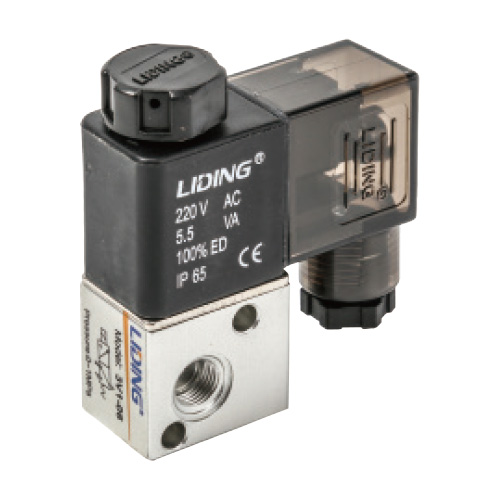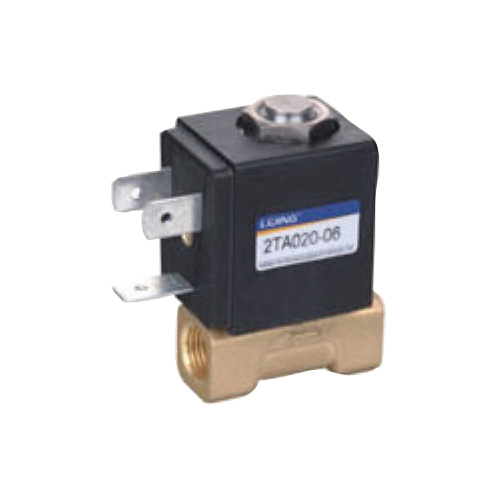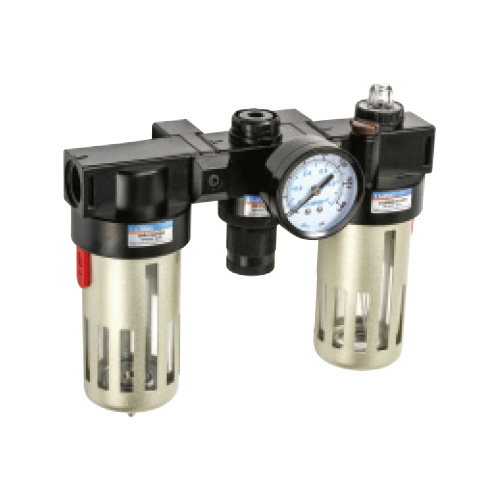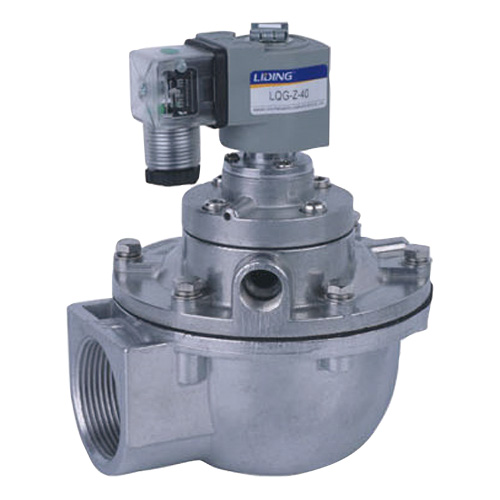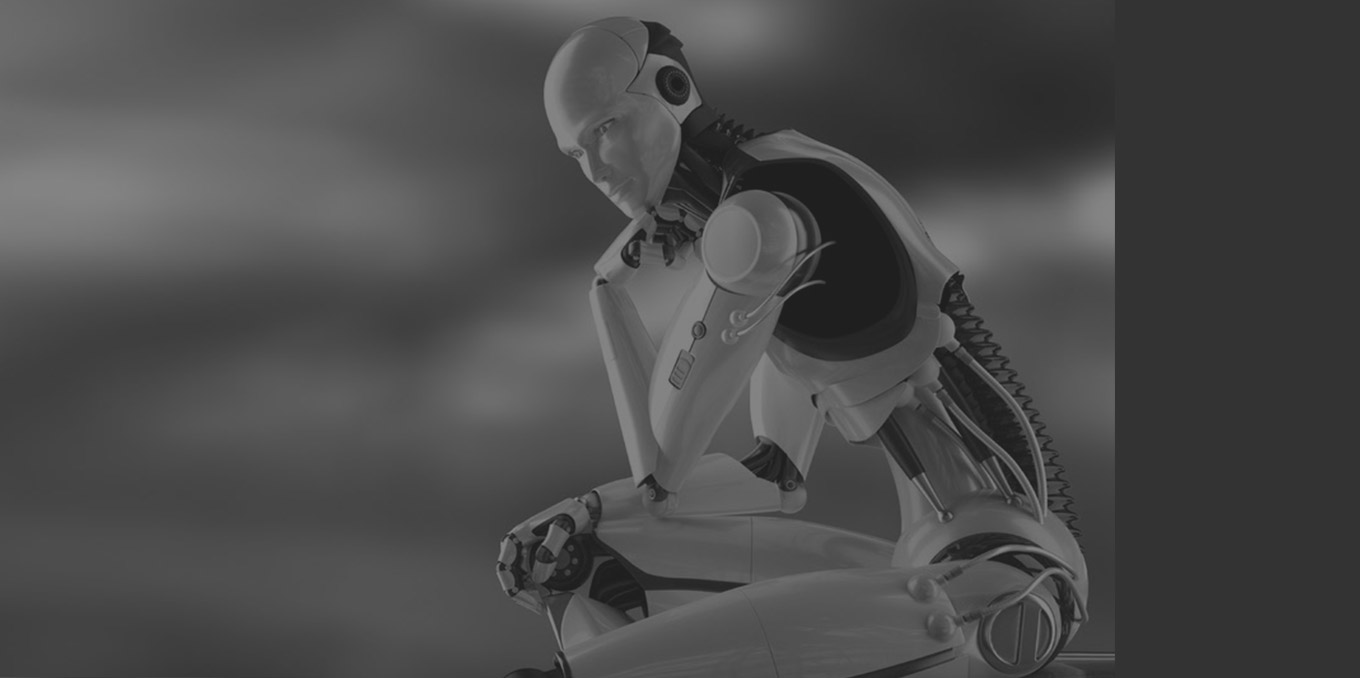Comparison of technical performance advantages of cylinder and electric actuator
As we all know, compared with electric actuators, cylin […]
As we all know, compared with electric actuators, cylinders (https://www.nblida.com/product/actuators/) can work reliably under harsh conditions, and are simple to operate, and can basically be maintenance-free. Cylinders are good at reciprocating linear motion, especially suitable for the most transfer requirements in industrial automation-linear handling of workpieces. Moreover, only adjusting the one-way throttle valve installed on both sides of the cylinder can simply achieve stable speed control, which has become the biggest feature and advantage of the cylinder drive system. Therefore, for users who do not require multi-point positioning, most of them prefer to use cylinders from the perspective of convenience. At present, most of the applications of electric actuators in industrial sites require high-precision multi-point positioning. This is because it is difficult to achieve with cylinders.
Electric actuators are mainly used for rotating and swinging conditions. Its advantage lies in its fast response time and precise control of speed, position and torque through the feedback system. However, when it is necessary to complete linear motion, it needs to be transformed by a toothed belt or screw and other mechanical devices, so the structure is relatively complicated, and there are high requirements for the working environment and the professional knowledge of operation and maintenance personnel.
(1) Lower requirements for users. The principle and structure of the cylinder are simple, easy to install and maintain, and the requirements for users are not high. Electric cylinders are different. Engineers must have certain electrical knowledge, otherwise it is very likely to be damaged due to misoperation.
(2) Large output power. The output force of the cylinder is proportional to the square of the cylinder diameter; and the output force of the electric cylinder is related to three factors, the cylinder diameter, the power of the motor and the pitch of the screw rod. The larger the cylinder diameter and power, and the smaller the pitch, the greater the output force. A cylinder with a bore diameter of 50mm can theoretically output up to 2000N. For electric cylinders with the same bore diameter, although products of different companies are different, they basically do not exceed 1000N. Obviously, the cylinder has more advantages in terms of output force.
(3) Strong adaptability. The cylinder can work normally in high temperature and low temperature environment and has dustproof and waterproof capabilities, and can adapt to various harsh environments. Because electric cylinders have a large number of electrical components, they have higher requirements for the environment and poor adaptability.
The advantages of electric cylinders are mainly reflected in the following three aspects:
(1) The system configuration is very simple. Because the motor is usually integrated with the cylinder, plus the controller and cables, the entire electric cylinder system is composed of these three parts, which is simple and compact.
(2) The number of stop positions is large and the control accuracy is high. Generally, electric cylinders are divided into low-end and high-end. The stopping positions of low-end products are 3, 5, 16, 64, etc., which vary depending on the company; high-end products can reach hundreds or even thousands of positions . In terms of accuracy, electric cylinders also have absolute advantages, with positioning accuracy up to ¡ 0.05mm, so it is often used in precision industries such as electronics and semiconductors.
(3) Strong flexibility. There is no doubt that the flexibility of electric cylinders is much stronger than that of cylinders. Because the controller can be directly connected to the PLC, it can achieve precise control of the motor's rotation speed, positioning and forward and reverse rotation. To a certain extent, the electric cylinder can move at will according to the needs; due to the compressibility of the gas and the resulting movement Inertia, even if the reversing valve and the magnetic switch are well matched, the cylinder cannot be accurately positioned, and flexibility is out of the question.
In terms of technical performance,the advantages of electric actuators mainly include:
(1) Compact structure and small size. Compared with pneumatic actuators, electric actuators are relatively simple in structure. A basic electronic system includes actuators, three-position DPDT switches, fuses and some wires, which are easy to assemble.
(2) The drive source of the electric actuator is very flexible, and the general vehicle-mounted power supply can meet the needs, while the pneumatic actuator requires an air source and a compression drive device.
(3) Electric actuators have no risk of "leakage" and have high reliability. The compressibility of air makes pneumatic actuators less stable.
(4) It is not necessary to install and maintain various pneumatic pipelines.
(5) The load can be maintained without power, while pneumatic actuators require continuous pressure supply.
(6) Since no additional pressure device is required, the electric actuator is quieter. Generally, if the pneumatic actuator is under heavy load, a silencer should be installed.
(7) Electric actuators are superior in control accuracy.
(8) Pneumatic devices usually need to convert electrical signals into pneumatic signals and then into electrical signals. The transmission speed is slow, and it is not suitable for complex circuits with too many components.
The advantages of the cylinder lies in the following 4 aspects:
(1) The load is large and can be adapted to the application of high torque output (however, the current electric actuators have gradually reached the current pneumatic load level).
(2) Quick action and quick response.
(3) Good working environment adaptability, especially in the harsh working environment such as flammable, explosive, dusty, strong magnetism, radiation and vibration, it is superior to hydraulic, electronic and electrical control.
(4) The motor is easily damaged when the stroke is blocked or the valve stem is tied.


